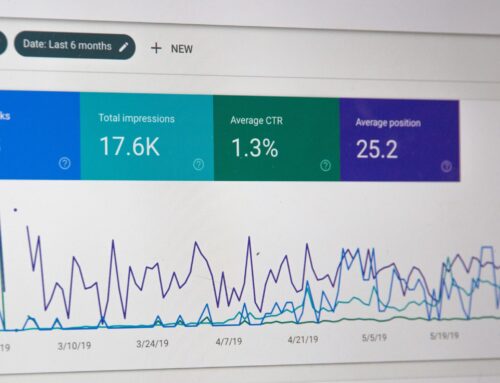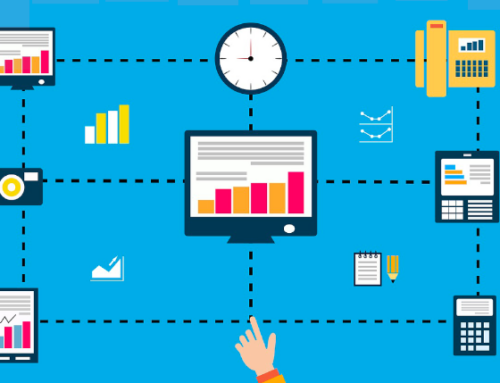 One day, I might be sitting in my rocking chair telling my grandchildren, “In my day, when the teachers had a conference to go to or the weather was bad, it meant we got a day off from school!” They may be surprised to hear that, based on recent blended learning news.
One day, I might be sitting in my rocking chair telling my grandchildren, “In my day, when the teachers had a conference to go to or the weather was bad, it meant we got a day off from school!” They may be surprised to hear that, based on recent blended learning news.
Normally when a little wind (or hail, or hurricane) hits, students at public schools have to take days off. This creates problems for teachers and administrators, who then must find ways to make up that time later. Recently, however, education committees in South Carolina and Indiana are starting to fix that problem by adding eLearning options to their programs.
Director Candice Dodson describes the update as common sense, saying, “So maybe students are home that day, instruction is still happening…you know, next January hits and bad, bad weather comes, they’re able to say this is an eLearning day.”
South Carolina and Indiana aren’t alone. At the time of this writing, 27 states offer blended learning options, and for a good reason. A 30-page report by Will Thalheimer and Work-Learning Research, Inc. found that “Blended learning…tends to outperform classroom learning by relatively large magnitudes, probably because the elearning used in blended learning often uses more effective learning methods.”
So, in the spirit of “thinking of the children” and encouraging blended learning options, here are some of the big benefits to offering both.
1. Blended Learning Gives Learners Options
We’ve all had those days. Maybe learners can’t make it to training because of frozen roads, or a sick child. Maybe your trainer has a last-minute schedule conflict or an overbooked space. You don’t have to reschedule or blast learners with content to make up for lost time. Offering an eLearning alternative gives learners (and trainers) the opportunity to stay on schedule, no matter what happens.
2. Blended Learning Can Address Skill and Knowledge Gaps
We’ve talked about skill gaps before, but it’s always worth repeating. If you notice a learner struggling, blended learning can help to bridge that gap and get them back on track. eLearning options can provide additional resources and practice that they may not be able to get from a traditional classroom.
3. Blended Learning Can Happen Anywhere, Any Time!
eLearning can be used almost anywhere, so training doesn’t have to be limited to a certain time or meeting space. This means they can take advantage of class or review time when they’re able to learn.
4. Blended Learning Offers the Best of the Best
Having eLearning options gives you more control over the quality of your course. When you have more than one person teaching, some inconsistencies will happen naturally. But eLearning helps prevent those inconsistencies. Give your learners the best information possible, 100% of the time.
Life happens, but luckily we can account for life’s little hiccups by giving learners all the resources they need to succeed along the way.

Interested in creating your own eLearning options? Check out our resources page, or contact us to find out what Digitec can do for you.




